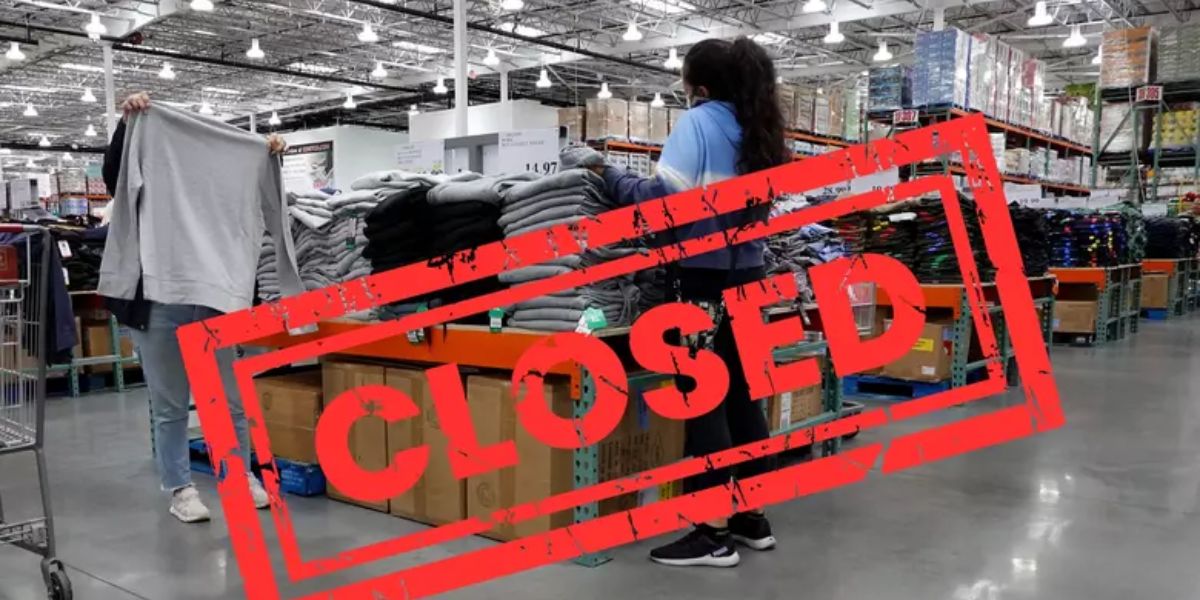A fresh round of store closures is rolling out this month, affecting renowned retailers from coast to coast. Department stores, iconic mall brands, and specialty shops are either cutting back on select locations or shutting down entirely, citing changing consumer habits and corporate restructuring.
Who might feel the impact? Anyone who relies on physical shopping centers for everyday products or special purchases could see fewer in-person options. This trend also affects local workers, neighboring businesses, and communities that depend on retail foot traffic.
Why these extensive retail shutdowns in May are sparking nationwide conversations
According to recent industry reports, more than 2,500 store closures are expected across the United States this year. Retailers are shifting gears to focus on digital sales and leaner operations, especially as online shopping continues to reshape the market.
Have you ever wondered how many of your favorite brands are scaling back? In many cases, underperforming locations are the first to go, but even traditionally profitable stores are not immune if leases end or rent becomes unsustainable.
How established brands like Saks Fifth Avenue and JCPenney are responding to challenges
Several household names are on the list for May closures. Saks Fifth Avenue will permanently shut its Union Square store in San Francisco after the lease expires, highlighting shifting real estate plans.
JCPenney is also closing multiple locations by May 25, including those in San Bruno, Denver, Pocatello, and more. Meanwhile, Rite Aid continues its restructuring by phasing out additional pharmacy locations, and Family Dollar is following a similar path due to corporate downsizing. Below is a quick overview of some upcoming closures:
| Retailer | Location(s) | Expected Closure Date |
|---|---|---|
| Saks Fifth Avenue | Union Square, San Francisco | Early May |
| JCPenney | The Shops at Tanforan (CA), West Ridge Mall (KS), and other sites | On or before May 25 |
| Rite Aid | Multiple pharmacy branches | Throughout May (restructuring) |
| Family Dollar | Various regions | Continuing in May |
Industry voices suggest that these adjustments aim to boost financial health in the face of rising rents, reduced in-person shopping, and other economic pressures. Corporate representatives stress their commitment to treating employees fairly, offering transfers when possible, or providing severance packages.
What industry analysts predict for the future of physical retail in the United States
Experts forecast that consolidation will continue through 2025 as brick-and-mortar stores adapt to post-pandemic consumer behaviors. This could mean smaller-format locations, increased emphasis on online sales, and ongoing reviews of profitability. Some insiders say that closing underperforming spots, while painful, often helps companies refocus and stay competitive long-term.
In the end, shoppers may have to travel farther for favorite items and services, but a leaner retail environment could also spark innovation. Will more pop-up shops or collaborative spaces fill the gaps left behind? That remains to be seen. For now, those affected by closures should keep an eye on official announcements and prepare for new shopping alternatives.




